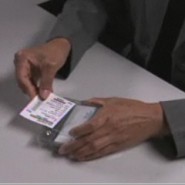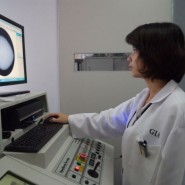All of the peer-reviewed research on diamonds, colored stones and pearls presented in Gems & Gemology (G&G), the leading journal in its field, is now available, for free, on the iPad. The new G&G app complements GIA’s (Gemological Institute of America) award-winning quarterly journal with enhanced digital content and is downloadable for free on iTunes.
Read More >>GIA strives to make sure diamond grading is objective and fair, keeping a standard in the diamond market, so that the public can buy a diamond with a GIA report and know that the report is accurate and absolutely impartial. This creates the ultimate peace of mind for your diamond purchase.
Read More >>In 2011, We’re proud to have introduced a new technology that enables GIA laboratories to daily assess much larger groups of pearls more quickly, and in greater detail, than any previous technology.
Read More >>While GIA can’t recommend an individual appraiser, there are several appraisal associations and networks that can help you locate one in your area. These are national associations that have members all over the country, and many require that their appraisers have a Graduate Gemologist (G.G.) diploma from GIA in addition to supplemental appraisal training.
Read More >>The effect of the lighting environment was well understood by jewelers in the late 1800s. Minimal grading standards at the time included “good north light unobstructed by buildings or other objects”, grading between the hours of 10am and 2pm only, no use of artificial light, and use of the same location for grading (amongst others that are less important to this story).
Read More >>When men and women really start looking into diamond grading, a common question is, “Why does the GIA color grade start with a D?”
Read More >>



